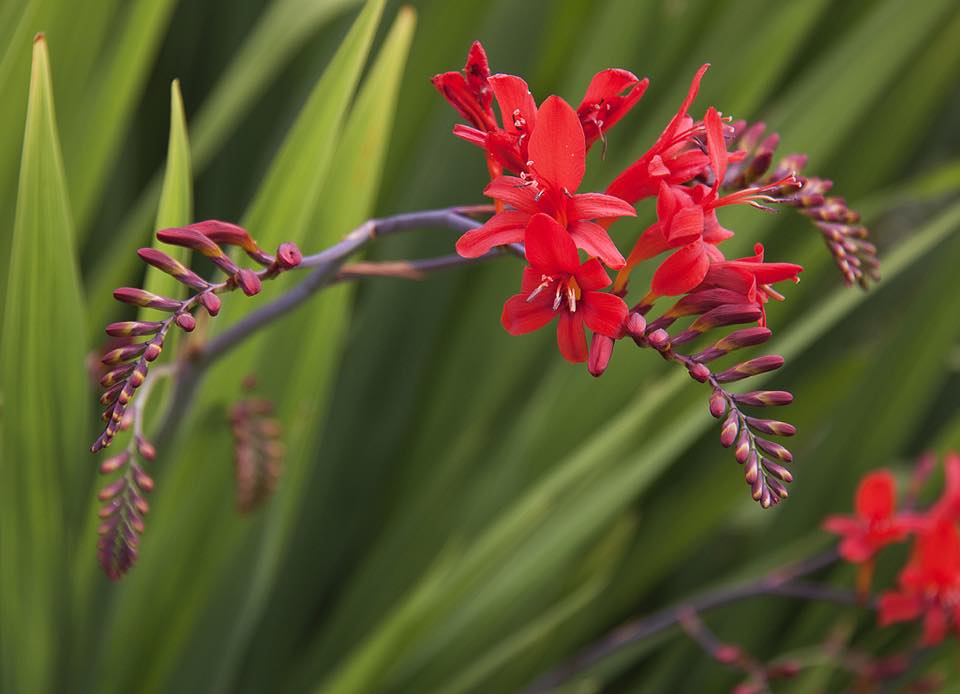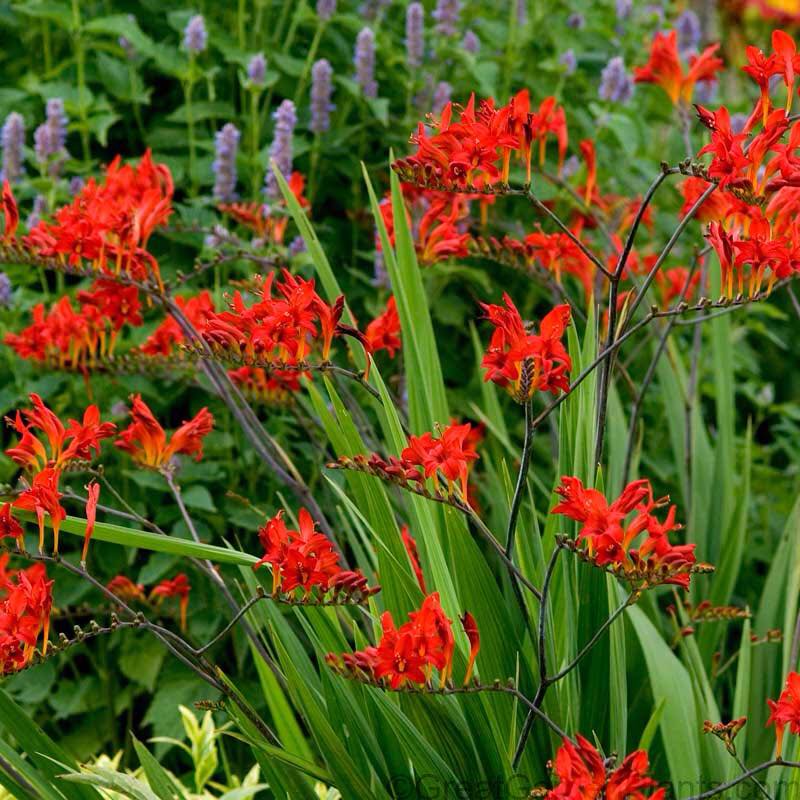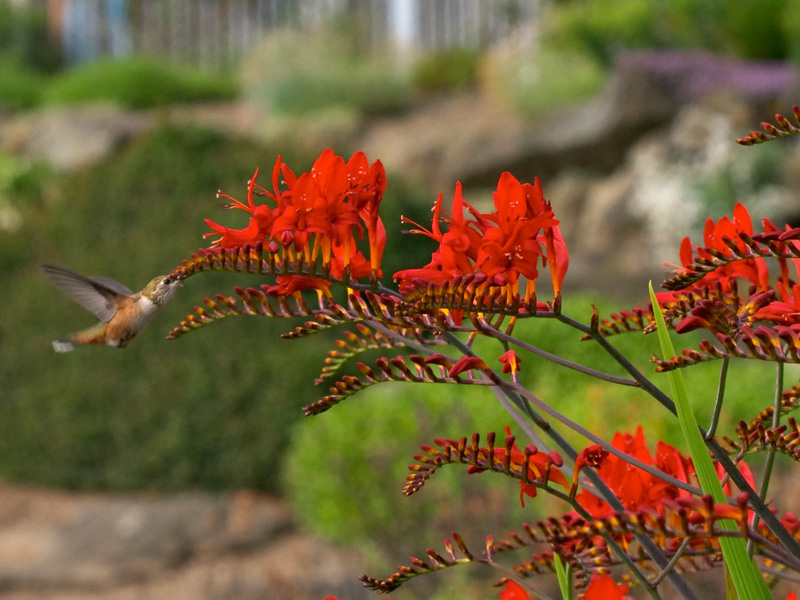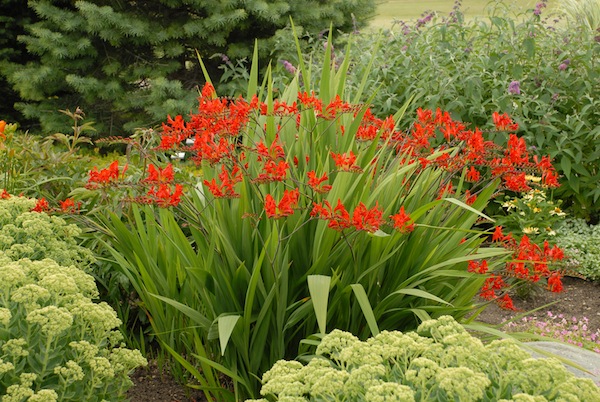How to Control Weeds Using Items In The Kitchen
By: Lauren M. Liff for Dabah Landscape Designs
Everyone is aware that there is a seemingly never-ending battle being waged all across the globe against weeds. Whether they are in your garden or in your lawn, you will do whatever you can to control them. Nowadays, homeowners and avid gardeners everywhere are looking for more ways to go green, including using organic methods to maintain their lawns and gardens. So why not kill two birds with one stone by using an organic mixture of household products to control those pesky lawn and garden weeds? That’s right, the salt and sugar hiding away in your kitchen cabinet can be used to control those pesky weeds while at the same time being organic, affordable and easily accessible!
When a saltwater mixture is applied to a weed it dehydrates the plant by interfering with the internal water balance of the plant cells. Start with a fairly mild mixture with a 3:1 ratio of water to salt and stir until the salt is dissolved. If the target plant is stubborn, you can strengthen the mixture daily. You can also add dish soap and white vinegar to your solution as these items will help to enhance its effectiveness by lowering the surface tension of the water and allowing the salt mixture to get absorbed by the weed. When using this solution to tackle the weed epidemic, make sure to be careful not to splash or spill it on any surrounding plant materials – you can use a funnel to help direct your solution during application. In the event that it is spilt on wanted plant material, watering the vegetation will help lessen the mixtures effect by pushing it down below root level.
Another household item that acts as an effective weed killer is sugar. All plant materials grow best in nitrogen rich soils – it is the nitrogen that promotes the green leafy growth and healthy uptake of other important nutrients. Sugar contains no nitrogen and therefore when it is applied to plants, it limits plant growth. It is especially effective on fast growing and invasive weeds in this regard. When using the sugar method in your garden, take a cup full (or a handful) of sugar and simply sprinkle it around the base of the target plant – for stubborn weeds you can recoat as needed. For lawn weeds, use granulated or powdered sugar and sprinkle it over your lawn (you can also use a molasses spray, 1 ¾ cups to 10 gallons of water). Make sure to evenly cover the lawn and water it in lightly. This method is most effective when applied in the spring before the weeds go to seed.
Inorganic weed control methods can be harmful to plants, pollinators and the environment as a whole. State regulations everywhere are being updated regularly regarding what pesticides can and cannot be applied to lawns and garden beds – the chemicals wash off the properties and into the storm water runoff and thus ending up in surrounding bodies of water. When homeowners then turn to organic products, they find them to be too expensive. Have no fear, we do have the solution for you; the products you need to organically maintain your property are either already in your kitchen or easily found at your local supermarket!
https://www.gardeningknowhow.com/special/organic/using-salt-to-kill-weeds.htm
https://www.gardeningknowhow.com/special/organic/using-sugar-to-kill-weeds.htm



















